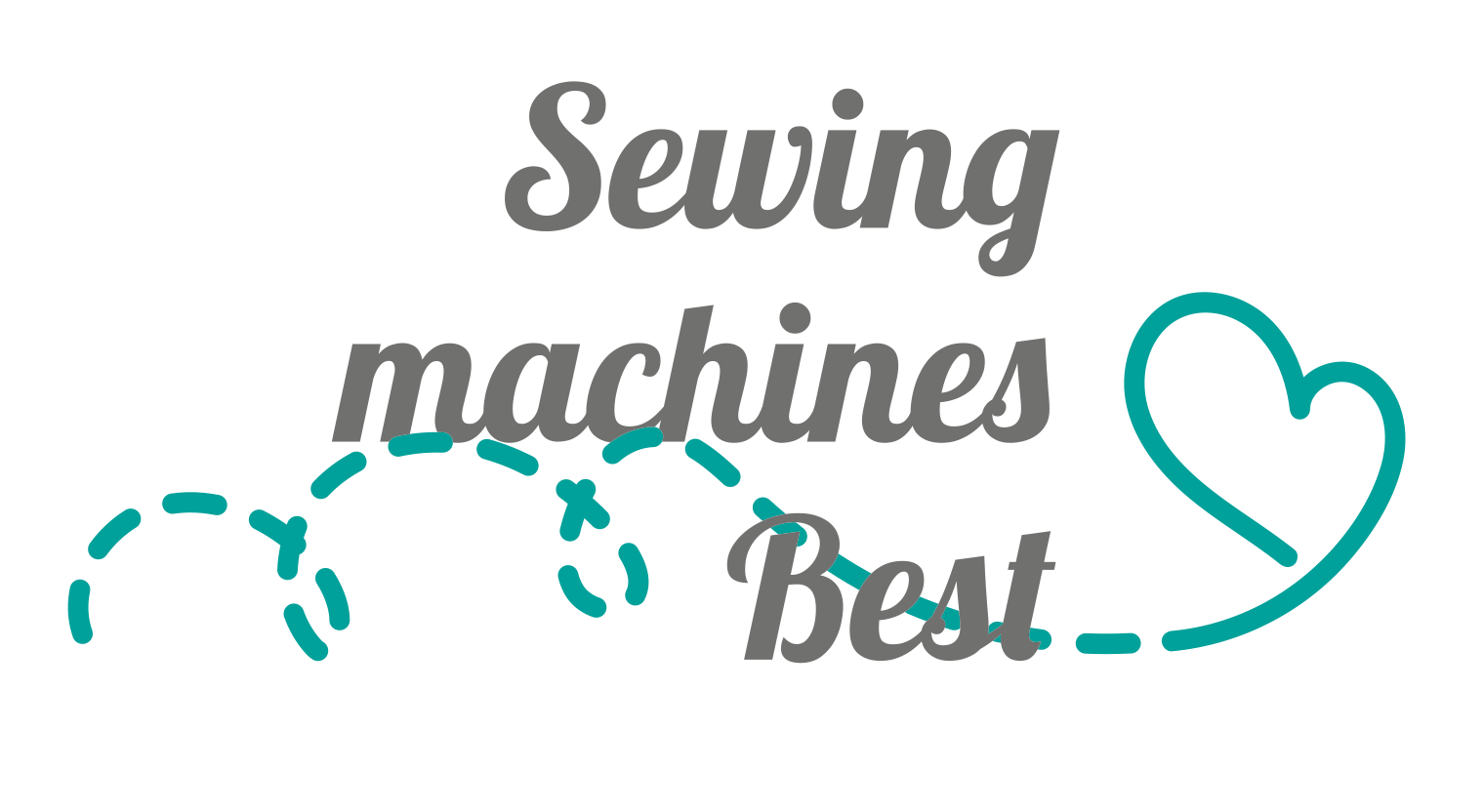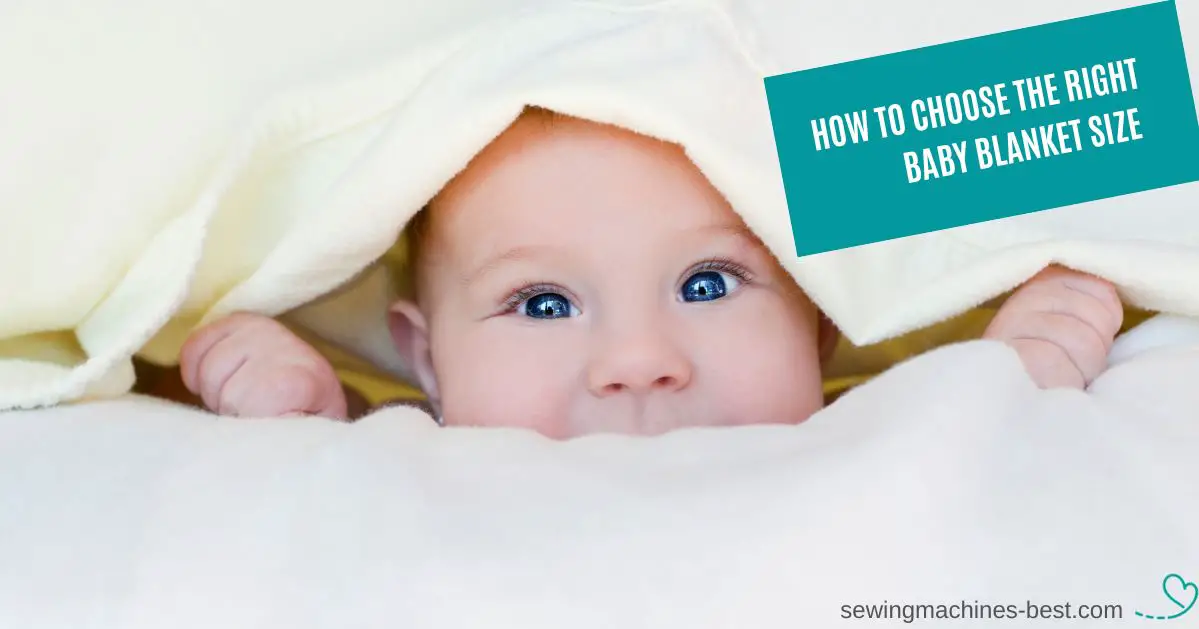Getting ready for a baby is exciting but also means you have a lot to plan and take care of. One important thing to do is purchase all the things your baby will need. This includes for example buying things like baby quilts and blankets. But you can also make a baby blanket on your own.
Baby blankets are especially important because they help keep your little one warm, and babies can’t control their body temperature well. So, if you have a baby who’ll be spending a lot of time sleeping, having a good blanket is a smart choice.
However, most often, young parents are faced with the question: How to choose the right baby blanket size? There are different models of baby blankets that differ in size. More about this we discuss in this article.
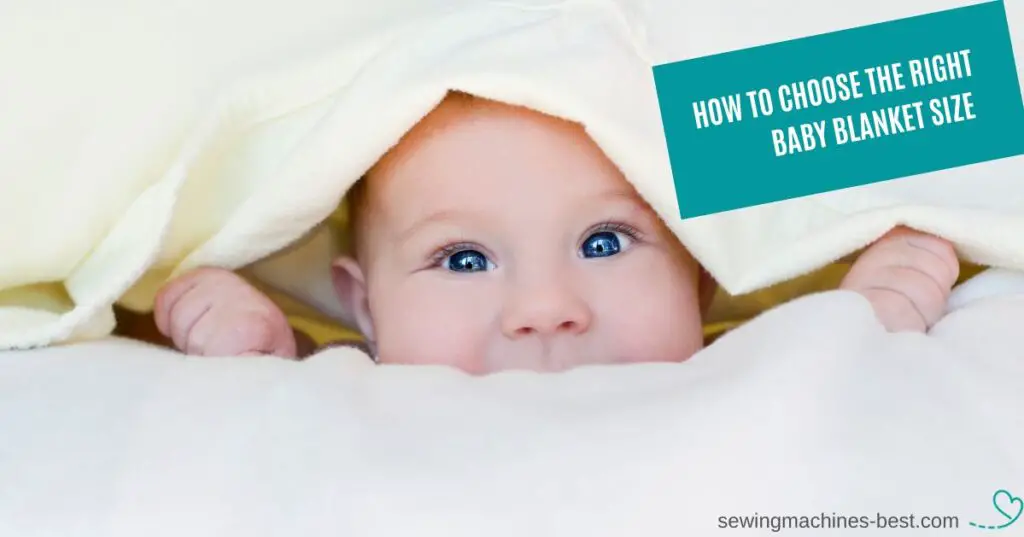
Contents
Baby blanket: How big should it be?
Many are interested in how to choose the right baby blanket size. Often people ask the question, what size is a standard baby blanket? It is important to note that the standard size is 25 × 32 inches. It is also important to consider the type of baby blanket because they are all designed for different purposes.
Purposes of baby blankets
There are different options for baby blankets with different purposes:
- to provide heat;
- lovey blanket to ensure comfort;
- to speed up the child’s falling asleep;
- security blanket;
- for protection against pollution;
- swaddle blanket;
- to collect saliva;
- crib blanket for decoration.
Before you start choosing or sewing a baby blanket, it is important to understand for what purposes you use it. This allows you to determine the optimal baby blanket size.
How to choose the right baby blanket size?
Choosing the right baby blanket size is important for the baby’s comfort and safety. Here are some steps to help you pick the right one:
- Consider the baby’s age and stage: For newborns, smaller blankets are better for swaddling. As they grow, you might want a larger blanket for more coverage.
- Think about how you’ll use the blanket: If it’s for swaddling, go for a smaller size. For general use, like tummy time or in the stroller, a slightly bigger blanket is good.
- Keep safety in mind: Avoid oversized blankets that could be risky for the baby. Follow safety guidelines for sleeping, using an appropriate-sized blanket for the crib or bassinet.
- Choose soft and breathable materials: For baby’s sensitive skin, so opt for gentle and breathable fabric like cotton, muslin, fleece, or bamboo.
- Consider personal preference: Some parents prefer larger blankets for versatility, while others like smaller ones for easy handling.
- If you want a blanket that can last as the baby grows, pick a size slightly bigger than their current needs.
- Make sure the blanket is durable and easy to wash since babies can be messy!
Remember, every baby is different, so trust your instincts and choose what feels best for your little one.
Baby blanket sizes
The baby blanket sizes depend on the use.
Cuddle blanket / Lovey blanket
There are options for blankets that are designed to comfort toddlers and make them feel safe. A lovey blanket is a small, soft, and cuddly blanket that kids often use as a source of comfort and security. It’s like their special buddy that brings them comfort and makes them feel safe. Many kids grow attached to their lovey blanket and carry it around for reassurance in different situations.
The standard lovey blanket size is 13 × 13 inches. Often on the market, there are baby blanket sizes of 12 × 14 inches.

Security blanket
Protective varieties are designed to provide comfort to a newborn baby. A security blanket frequently has a soft and pleasant to-the-touch texture. The baby feels safe and can relax.
The security blanket is often knitted using knitting needles or a hook. The optimal blanket size is 15 × 15 inches. Often, blanket sizes can vary from 14 to 17 inches.

Source: Pampers.com
Preemie Blanket
A preemie blanket is a small, soft, and gentle blanket specially made for premature babies born before completing a full-term pregnancy. It’s designed to fit their smaller size and provide warmth and comfort during their early days of life.
These blankets are carefully crafted to ensure they are safe and cozy for the delicate needs of preemie infants in neonatal care settings.
Such Preemie blankets are used in hospitals, namely, in the neonatal intensive care unit.
This is a very useful blanket, which is made from high-quality yarn. If you want to use a preemie blanket, it is better to ask a doctor. The preemie blanket size is 18 × 18 inches or slightly larger.
The smaller dimensions ensure that the blanket properly wraps around the preemie without overwhelming them, providing comfort and warmth without any risk of suffocation.
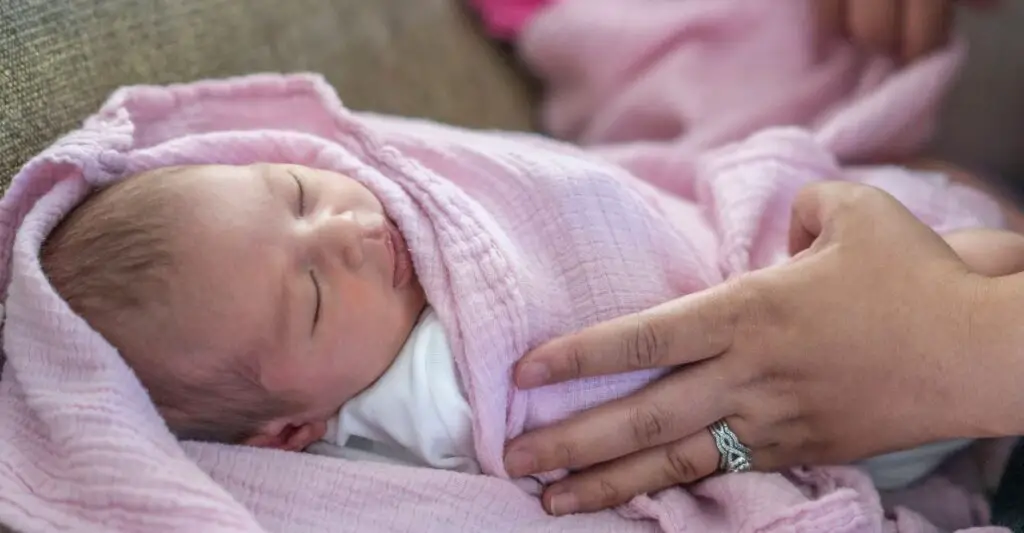
Blanket for carrycot or bassinet
It is customary for small children to be placed in special cradles, which also require the right baby blanket.
A carrycot or bassinet baby blanket is a small, soft, and cozy blanket made for use in a bassinet or baby’s sleeping area. It’s designed to fit the bassinet’s size, providing comfort and warmth for newborns and young infants while they sleep or rest.

Bassinet blankets are smaller in size compared to regular baby blankets, typically a bassinet blanket size is around 30 x 40 inches, to fit the dimensions of a standard bassinet.
Car seat blanket
A car seat blanket is a small and specially designed blanket to keep babies warm and cozy while traveling in their car seats. It is typically sized to fit over the baby while they are securely fastened in the car seat, ensuring they stay comfortable during car rides.
For a car seat, you should choose baby blankets that are 30 × 17 inches. The most common size is around 22 x 30 inches.
However, car seat blankets can vary in size based on the brand and design, so it’s essential to check the specific measurements of the blanket to ensure it fits the car seat properly and securely.

Stroller blanket
A stroller blanket is a small and lightweight blanket meant to keep babies cozy and warm while riding in a stroller or pram during outings.
It’s designed to fit over or around the baby while seated in the stroller, providing comfort and protection from the weather.
It is not necessary to use such blankets only for strollers. You may use them for other purposes as well.

The optimal blanket size is 30 × 40 inches. This size allows the blanket to cover the baby adequately and provide warmth and comfort during stroller rides or when tucked around them while seated in the stroller or pram.
The stroller baby blanket dimensions can vary, focusing on the climatic features and weather conditions in the region in which you live.
If warm weather prevails in your area, a lighter baby blanket is required. For regions with a cold climate, you need to choose a warmer model that warms the baby.
Reception blanket
A reception blanket, also known as a receiving blanket, is a small and soft blanket designed for newborns and young infants. It’s called a “reception” blanket because it’s often used to wrap and swaddle babies shortly after they’re born, providing a cozy and secure feeling.
The blanket size is 30 × 30 inches. Other sizes range from 18 to 36 inches. Such a blanket is also a great gift for a baby shower.
Coverlet blanket
A coverlet blanket is a handy and versatile piece that can be used in many ways, like a stylish bed covering, a cozy sofa or chair throw, or a light comforter in warmer weather.
But keep in mind that it might not be warm enough for winter, and for babies, it’s crucial to prioritize safety and avoid loose blankets in cribs or bassinets. Also, check the size to ensure it fits your needs perfectly.
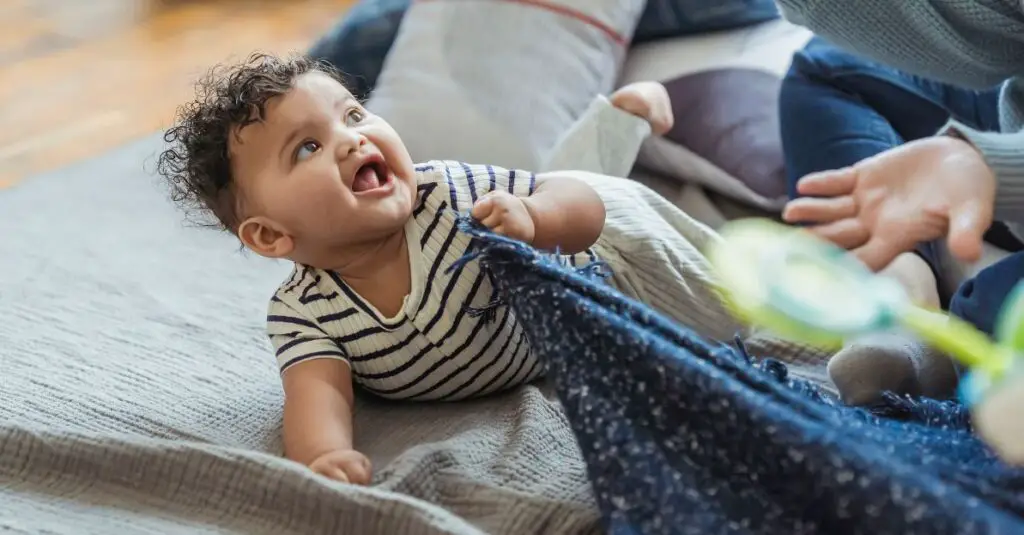
For a baby, the size of a coverlet blanket can vary depending on the intended use. If it’s meant to be a decorative accent or for use in a crib, a suitable size could be around 30 x 40 inches.
When buying, you should look at the instructions that are written by the manufacturer.
Often, the packaging indicates how old the child must be to use a particular bedspread.
Swaddle blanket
A swaddle blanket is a specially designed blanket used to wrap and secure a baby snugly, mimicking the feeling of being in the womb.
Swaddle blanket was especially popular in the past. Even though today this practice has faded into the background a little, some parents still swaddle their children.

These models are large. After all, you need to completely wrap the child. At the same time, the baby begins to feel safe. The baby cannot swing the arms and legs, which can cause fear, and crying.
In the manufacture of such blankets, soft material is used that is pleasant to the body of the baby.
Do not use heavy materials so that the baby does not get hot. The optimal blanket size is around 45 × 45 inches.
There are options, the size of which can vary from 40 to 48 inches. It all depends on the size of the baby.
Crib blanket
Such models of blankets are often placed in cribs. It is recommended to choose a blanket that slightly exceeds the size of the mattress. A small protrusion must be maintained.
A standard crib mattress in the United States is about 28 x 52 inches. For optimal coverage and safety, a crib blanket should ideally be slightly larger than the crib mattress. Typically the best crib blanket size should be around 40 x 60 inches.
You have the right to adjust the sizes based on the size of the bed, mattress, and child.
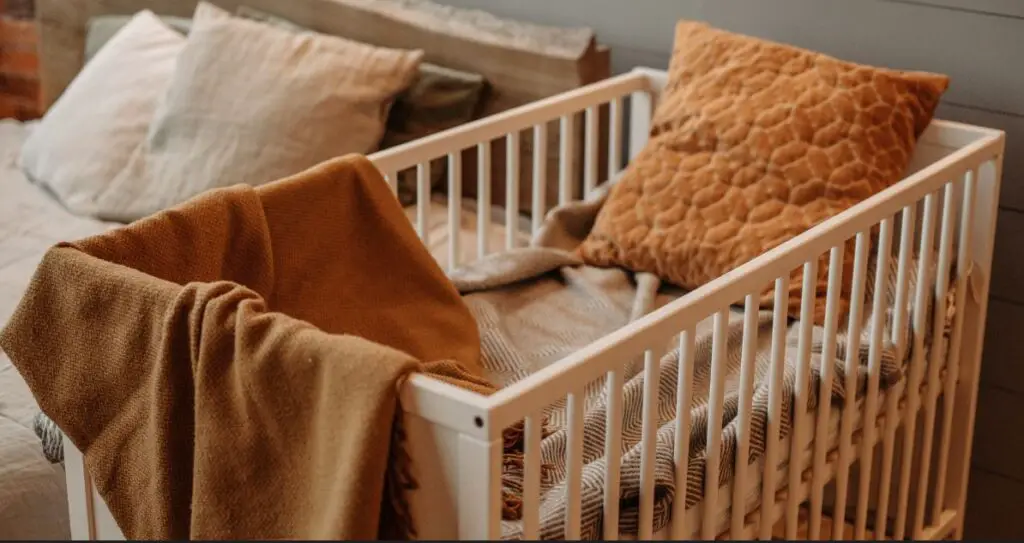
Bed blanket
This model is relevant if you need to cover the baby in the crib when he or she sleeps.
As you know, for children aged 36 months, larger sizes are required, compared with a one-year-old child. It is recommended to stop at the size 40 × 60 inches.
If necessary, you can independently adjust the blanket size. It is important that the blanket completely covers the child.
Such blankets are appropriate if the baby is already 1 year old. If the age is less, you should look for other types of baby blankets.
At what age you can use the blanket?
It is important to introduce the blanket at the correct age. The baby must be at least 1-year-old.
The baby must be to roll over, as well as control the head.
When the blanket is introduced, then the baby should be accustomed to the pillow.

The importance of choosing the right size blanket
If you choose a blanket that is smaller than the baby’s needs, the baby can freeze at night. If the size of the blanket is larger than required, there are also risks.
There is always a chance that the baby pulls the excess blanket over himself, which provokes suffocation.
Large sizes of blankets prevent the movement of the child, who squirms under the sheet.
That is why it is important to choose the right size of the blanket. After all, the safety of the child depends on it.
Safety rules to follow
Adults perceive the use of a blanket as a routine matter. However, it is important to understand that such products have both pros and cons for children. More on this, you can find below.
It is important to follow a few rules regarding blankets to ensure the safety of the child.
9 important rules
- Avoid large blankets to prevent suffocation risks. Choose the right size which is not too big and not too small.
- Follow safe sleep practices – no loose blankets in the crib.
- Do not use soft bedding, blankets, and mattresses if the child is not yet 12 months old.
- Choose materials like breathable cotton or muslin. These materials are soft and allow the baby’s skin to breathe. This eliminates sweating and discomfort.
- Check for small parts and avoid strings or ribbons.
- Ensure good quality and stitching.
- Supervise the baby with the blanket at all times.
- Keep the blanket away from the baby’s face.
- Adjust layers based on the room temperature.
As already mentioned, children who are under 12 months old should not be covered with blankets. After all, the likelihood of sudden infant death syndrome, as well as suffocation, is high.
By following these rules, you can keep the baby safe and comfortable with the right-sized blanket.
Features of choosing the perfect baby blankets
When choosing, special attention should be paid to the material from which the blanket is made.
It is recommended to use natural, breathable fabrics. They let air through. Therefore, in summer the child is not hot, and in winter, it is not cold.
It is appropriate to buy products made from cellular cotton. The fabric warms the baby, as well as provides thermoregulation of the body.
Given that the blanket has holes, the product ensures safety. Even if the baby pulls it on the head, no suffocation occurs because the air penetrates.
Avoid products that are made from fleece or genuine sheepskin. They are too hot for the child, which can cause skin diseases, as well as colds.
If you’re looking for the perfect piece for the colder months, look no further than cashmere with a soft texture or angora wool.
In summer, you should choose thinner models, but for the winter, thick blankets are the most practical solution.
Do not use polyester duvets. After all, they are synthetic and too rough for the baby.
Which option to choose: tailoring, knitting, or quilting
If you decide to make a baby blanket by yourself, you should decide on the principle of work. Unfortunately, not all people can boast of the skills to follow all the techniques.
Choose the technique that appeals to you the most. At the same time, keep in mind that some crafts are not universal.
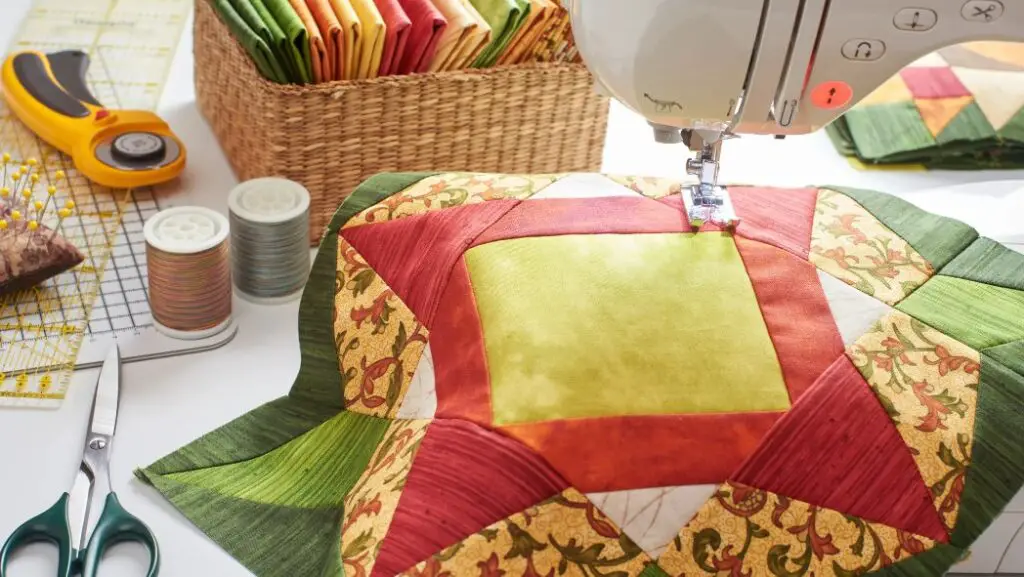
Knitting with knitting needles or crochet
Lots of people love to crochet. To work, you need to prepare a hook, as well as yarn. At the same time, the technique allows you to create a variety of drawings, the choice of which depends only on your imagination.
Knitting is more complicated, even if you use a classic and simple pattern. If you are planning to make a product for a child, it is important to consider a few recommendations.
You need to use the right fibers. Exotic options, which are of high cost, are especially attractive. This category includes alpaca.
It is quite soft and pleasant to the touch. It is important to understand that children constantly get dirty. And alpaca products cannot be washed in a washing machine.
This material is appropriate if you know how and love to wash manually. If there is no time for handwashing, more practical options should be found.
You can use wool, which is luxurious, and also allows you to warm the child. However, it can be prickly, causing discomfort to the baby.
It is appropriate to use soft acrylic. It is comfortable, easy to clean, and low-cost. It is important to choose the right template.
Do not use schemes in which there are patterns with holes. The little finger of the child can get stuck in them, which causes injury.
Quilted options
Many people prefer to use quilted blankets. They are made from soft cotton that is easy to clean. The products come in a variety of bright colors, ideal for young children.
You can use natural batting; however, synthetic material is easier to erase.
Decorative inserts in the form of buttons and other elements should be avoided. They can cause suffocation.
Seamless quilt
Even those who have never experienced the process can make such blankets. It is enough to cut the fleece into pieces of the desired size.
The edges are not crumbling, and they can be supplemented with fringe.
You can use Minky fabric, which is easy to count in cold water and is very pleasant to the touch. Seamless products are the best option for children.
For a better understanding I have made a baby blanket size chart with baby blanket dimensions that appear in the article. You can also share it on Pinterest.

FAQ
What is the perfect size for a baby blanket?
The perfect size for a baby blanket is typically around 30×40 inches, providing enough coverage to keep the baby snug and cozy without overwhelming them. It’s essential to choose a size that’s practical for everyday use and easy to carry around.
What is the best size for a knitted baby blanket?
The best size for a knitted baby blanket is typically around 30×36 inches or 36×36 inches. This size is perfect for swaddling, using in strollers, or as a cozy layer in a crib. It provides ample coverage for the baby while remaining easy to handle.
How to make a baby blanket?
To make a baby blanket, first, choose a soft and baby-friendly fabric like cotton or flannel. Cut the fabric to your desired size, typically around 30×40 inches. Hem the edges, optionally add any appliqués or embroidery for personalization, and sew any additional layers if desired. Finally, make sure to inspect the blanket for safety, like securing all seams and avoiding any choking hazards, before gifting or using it for a little one.
Conclusion
As you can see, there are different options for the baby blanket, that differ in size. You need to choose based on the age and size of the child, as well as the purpose of use.
Read also: Serger vs Sewing Machine – The Comparison

Hi everyone and welcome to my blog!
My name is Liz, and I started sewing when my son was born. First I repaired the holes in children’s pants, then I dared to do more challenging projects like sewing home decor and children’s clothing. Now it is my hobby where I come to rest, let my creativity run wild, and create things that please me and enhance my home.
I would love to help other sewing beginners and enthusiasts through my blog by sharing tips and tricks for this great hobby.
